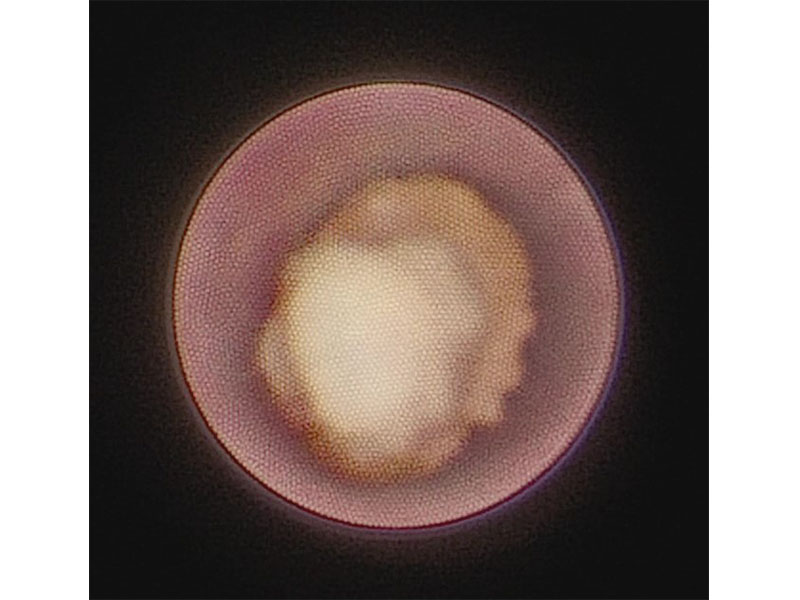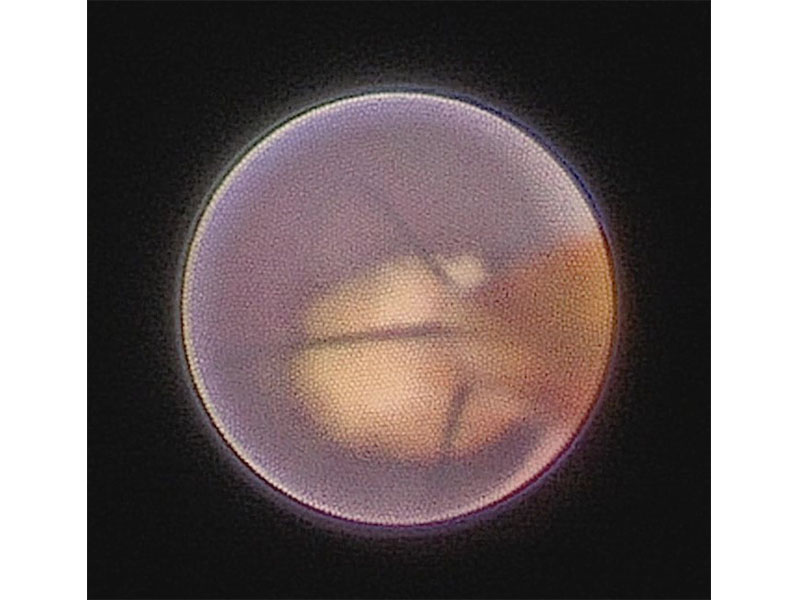When it comes to organs of the body, the salivary glands don’t get a great deal of press. But saliva plays an important role in mouth health. Salivary gland diseases and disorders, while generally uncommon, can lead to serious health issues. We asked DR SK NG to enlighten us on the topic.
The role of saliva
Did you know that we produce between 0.5 and 1.5 litres of saliva every day? You probably don’t think much about it, but it plays an important role in our general health. Saliva is produced by the salivary gland and it flows along the salivary duct to reach our mouth – and that’s where it works its magic.
Dr Ng says that saliva is important in several ways; these include:
#1 Easy eating.
It moistens and lubricates food to allow smooth swallowing. In fact, saliva also contains an enzyme that is involved in the digestive process.
#2 Oral hygiene.
In addition, it has a mild antiseptic function that is very important in maintaining oral hygiene. That explains why those patients with impaired salivary function, for example, after radiotherapy for head and neck cancer, suffer from dental problems.
#3 Comfort and speech.
Equally important, saliva keeps the mouth continuously moist which is imperative for comfort and speech.
The anatomy of the glands
Our saliva is mainly produced by three major pairs of salivary glands, says Dr Ng. One pair is located behind the jaw (the parotid glands), one pair is under the jaw (the submandibular glands) and one pair is under the tongue inside the mouth (the sublingual glands). There are also hundreds of tiny salivary glands located within the mucous membrane of the mouth, nose and throat.
The related health issues
What happens with things go wrong? According to Dr Ng, the main forms of salivary gland diseases include functional disturbance, tumours and obstructive ductal diseases.
• Salivary hypofunction gives rise to dry mouth and dental problems. It’s usually a result of systemic problems that affect all salivary glands. Examples are dehydration, adverse effects of drugs, and radiotherapy treatment for head and neck cancer. It can also be caused by an uncommon disease called Sjogren syndrome.
• Tumours are another form of salivary gland disease. While most of these are benign, they can be cancerous; fortunately, they’re not common.
• Obstructive ductal problems are mainly caused by salivary ductal stones and narrowing. At times, the salivary flow at the duct can get blocked, causing backflow of saliva to the glands. Those afflicted by this disease will complain of recurrent painful salivary gland swelling, typically related to meals when saliva production is stimulated. The swelling usually resolves in a matter of hours. We’re not entirely sure what causes the formation of stones, but they appear to be associated with dehydration and other factors, including drugs that reduce salivary flow.
The tools of the trade
With the advancement of technology, we’re better equipped to deal with a variety of diseases than ever before – and that goes for the mouth, too, says Dr Ng. Nowadays, many patients can be treated in a minimally invasive manner through sialendoscopy, thus avoiding open surgery. Sialendoscopy entails passing a very thin endoscope (with a diameter of just 1-1.6mm) into the salivary ducts via their tiny openings in the mouth. Once it’s within the duct, various miniature instruments can be passed along the working channel of the endoscope to treat the disease in the duct. On other occasions, sialendoscopy is used to assist more targeted open surgery.
See more in our Health & Fitness section
Marathons, runs and races in the region
Fun ways to be active with your kids
Beating breast cancer: 4 incredible stories
This article first appeared in the October/November 2019 issue of Expat Living magazine. Subscribe now so you never miss an issue.









